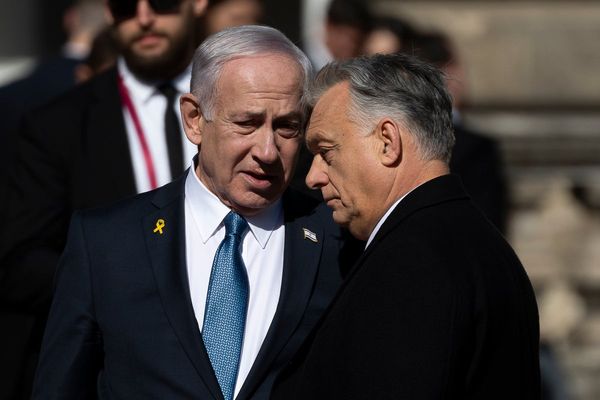IN the first three months after the official referendum campaign period started on May 30, 2014, the prognosis was poor for the Yes side.
Indy support had been bouncing between 30% and 40%, continuing a trend of 10% or greater No leads that had been shoing in polls for months before the campaign's start.
Indy support had been bouncing between 30% and 40%, continuing a trend of 10% or greater No leads that had been showing in polls for months before the campaign's start.
The first debate between Alex Salmond and Better Together chair Alistair Darling did not appear to push the needle, nor did the publishing of the Wee Blue Book.
But things began to turn around after August 25, when the second face-to-face debate between Salmond and Darling took to the air on the BBC.
It's hard to say how many minds the debate shifted – but it coincided with a step change for the polls, with all four of the surveys that followed it showing No's lead slip into the single digits.
And, finally, on a YouGov poll published on September 5, the indy movement broke above the ice for the first time in the campaign – 47% yes, 45% no.
Following that on September 11 was an even bigger score for the indy column – an ICM poll gave Yes a 7% lead, 49% to 42%.In the next five days, six more polls would be published – all showing a No win, but by tantalisingly slim majorities, with one laying as low as 1%.
All the while, the campaigns made their last pitches to voters, spending out what funds they had left to get their messages out.
On the evening before the referendum, four final polls were published.
All gave the No side between a 4% and a 5% lead, with the Yes vote sitting somewhere between 43% and 45% – and between 5% and 9% of voters saying they were undecided.
These results, both with leads outside each survey's margin of error, did not spell good tidings for the Yes side.
Not all hope was lost – as the 2011 Holyrood vote showed, and the Brexit referendum would demonstrate two years later, polls in British politics can be quite far off the mark.
But, when the results poured in through the morning of September 19, it was clear those last four surveys were all in the right ballpark.
A predicted 5% lead for Yes shifted to a victory by a margin of 10%, with undecided voters appearing to back No by a large margin – a heartbreaking result for indy supporters across the country.







